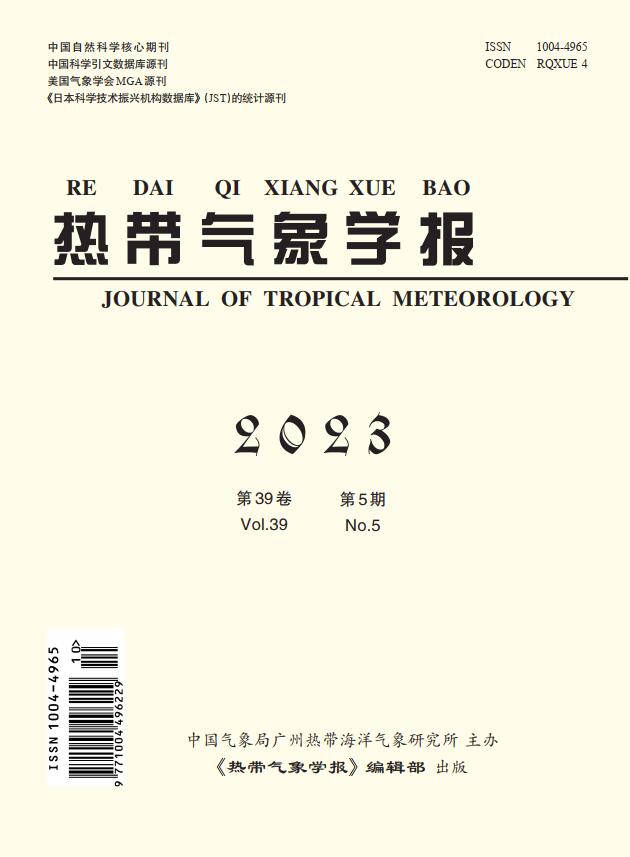Zoning Evaluation of Hourly Precipitation in High-resolution Regional Numerical Models over Hainan Island
IF 1.4
4区 地球科学
Q4 METEOROLOGY & ATMOSPHERIC SCIENCES
引用次数: 0
Abstract
: This study assesses the performance of three high-resolution regional numerical models in predicting hourly rainfall over Hainan Island from April to October for the years from 2020 to 2022. The rainfall amount, frequency, intensity, duration, and diurnal cycle are examined through zoning evaluation. The results show that the China Meteorological Administration Guangdong Rapid Update Assimilation Numerical Forecast System (CMA-GD) tends to forecast a higher occurrence of light precipitation. It underestimates the late afternoon precipitation and the occurrence of short-duration events. The China Meteorological Administration Shanghai Numerical Forecast Model System (CMA-SH9) reproduces excessive precipitation at a higher frequency and intensity throughout the island. It overestimates rainfall during the late afternoon and midnight periods. The simulated most frequent peak times of rainfall in CMA-SH9 are 0–1 hour deviations from the observed data. The China Meteorological Administration Mesoscale Weather Numerical Forecasting System (CMA-MESO) displays a similar pattern to rainfall observations but fails to replicate reasonable structure and diurnal variation of frequency-intensity. It underestimates the occurrence of long-duration events and overestimates related rainfall amounts from midnight to early morning. Notably, significant discrepancies are observed in the predictions of the three models for areas with complex terrain, such as the central, southeastern, and southwestern regions of Hainan Island.海南岛上空高分辨率区域数值模式逐时降水分区评价
:本研究评估了三个高分辨率区域数值模式在预测海南岛 2020 年至 2022 年 4 月至 10 月每小时降雨量方面的性能。通过分区评价,考察了降雨量、频率、强度、持续时间和昼夜周期。结果表明,中国气象局广东快速更新同化数值预报系统(CMA-GD)倾向于预报较多的小雨。它低估了午后降水和短时事件的发生。中国气象局上海数值预报模式系统(CMA-SH9)再现了全岛较高频率和强度的过量降水。它高估了午后和午夜时段的降雨量。CMA-SH9 中模拟的最频繁的降雨高峰时段与观测数据相差 0-1 小时。中国气象局中尺度天气数值预报系统(CMA-MESO)显示了与降雨观测相似的模式,但未能复制降雨频率-强度的合理结构和日变化。该系统低估了长时间降雨事件的发生率,并高估了午夜至清晨的相关降雨量。值得注意的是,在地形复杂的地区,如海南岛中部、东南部和西南部地区,三种模式的预测结果存在明显差异。
本文章由计算机程序翻译,如有差异,请以英文原文为准。
求助全文
约1分钟内获得全文
求助全文
来源期刊

热带气象学报
METEOROLOGY & ATMOSPHERIC SCIENCES-
CiteScore
1.80
自引率
8.30%
发文量
2793
审稿时长
6-12 weeks
期刊介绍:
Information not localized
 求助内容:
求助内容: 应助结果提醒方式:
应助结果提醒方式:


